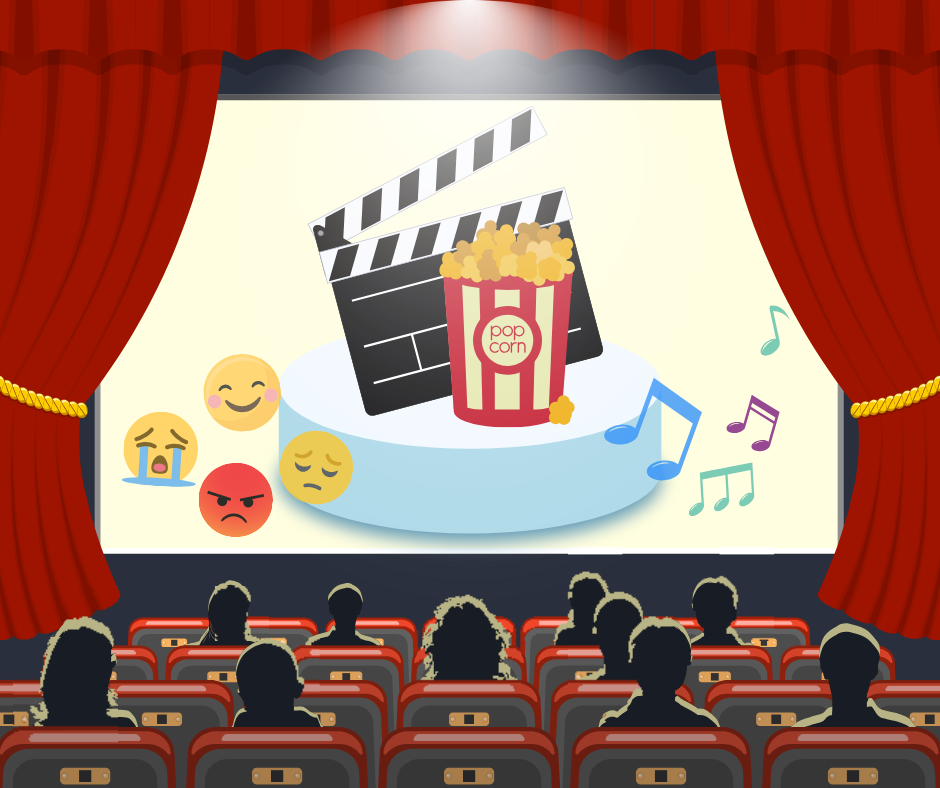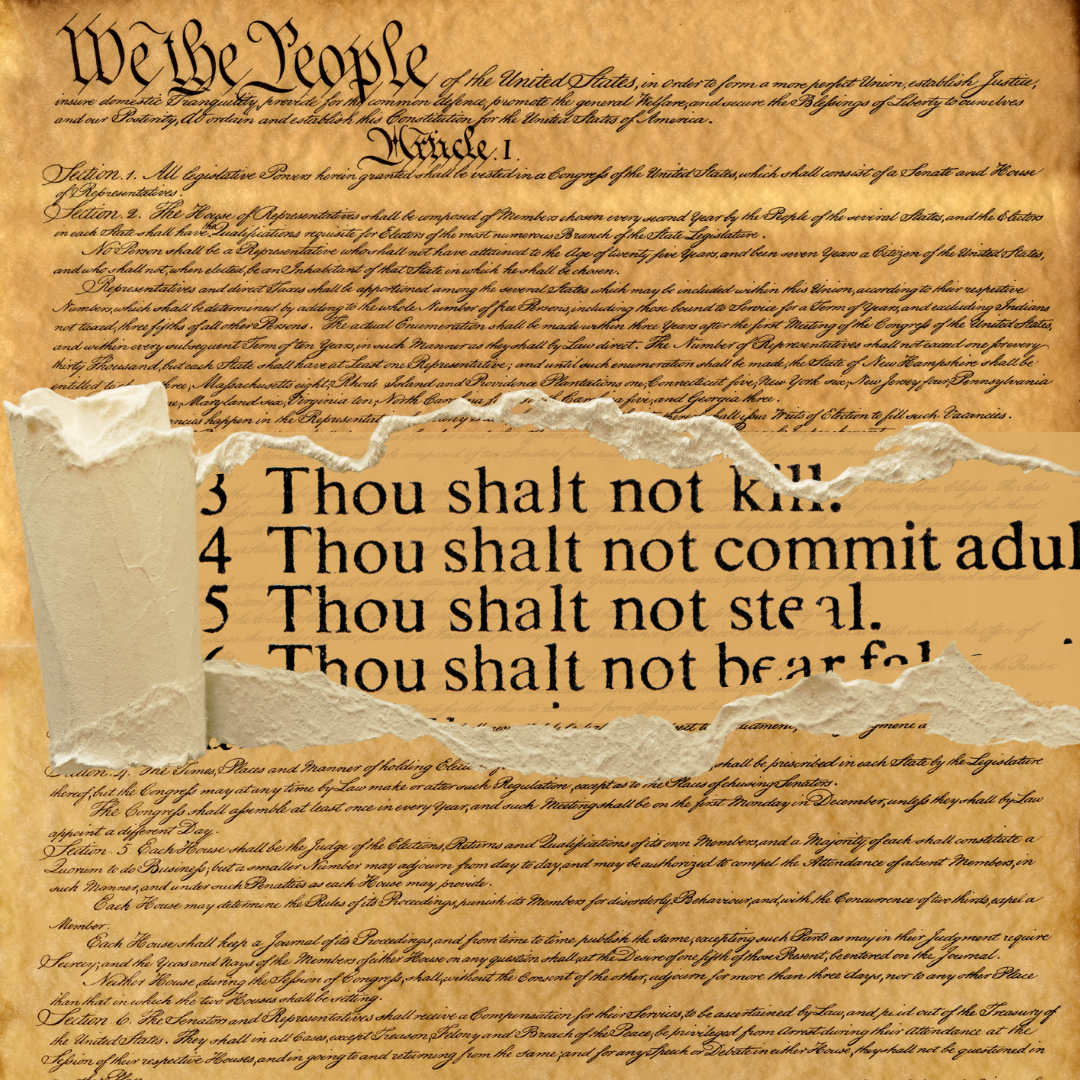Ever since I was young, my absolute favorite activity was going to the movies. I typically had my preferences for what to watch, but I truthfully never really cared. All that mattered to me was that I was seeing a movie — any movie. As I’ve gotten older and have been able to curate a more personalized cinematic experience, my joy at the thought of watching a movie remains undimmed.
I’ve always been drawn to movies. There’s something about being able to picture myself in a story that is so comforting. I’m always astounded by the extent to which films can offer critiques and commentaries on a whole host of subjects through not only the actual performance of a script, but also through the visual effects and modalities. Every time I watch one of my favorite movies, “Schindler’s List,” I’m amazed at how the various cinematographic techniques — like color-grading and musical score — add so much depth and emotion to what is already a devastatingly powerful portrayal of tragedy.
No matter the language, genre or format, film is a truly universal experience. Because of this, film gives voice to innate human experiences that transcend national and cultural borders. It allows for diverse perspectives, particularly from historically marginalized communities, to be witnessed in a format everyone can experience. Not only that, but film can serve as a tool to combat widespread prejudice. The extent to which film was instrumental in sparking change in the public perception of topics such as
interracial marriage and American foreign policy cannot be overstated or overlooked.
Anyone who says film — from animated cartoons to harrowing biopics — is a waste of time clearly doesn’t understand its monumental impact on both a personal and societal level. If you’re looking for permission to watch something, this is it. Go watch a movie.














































